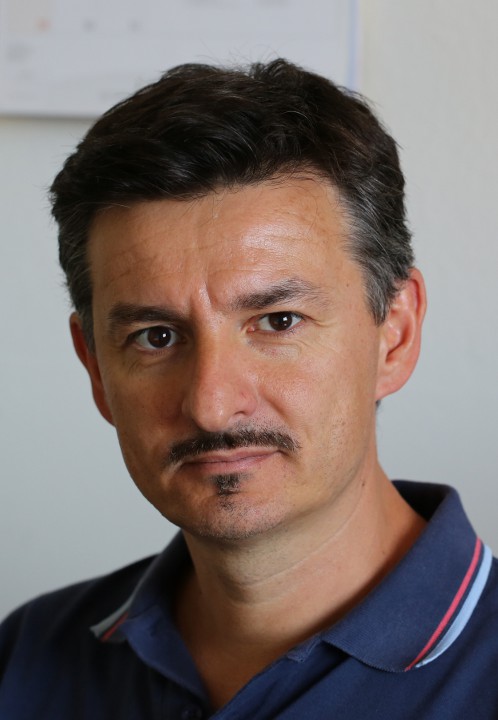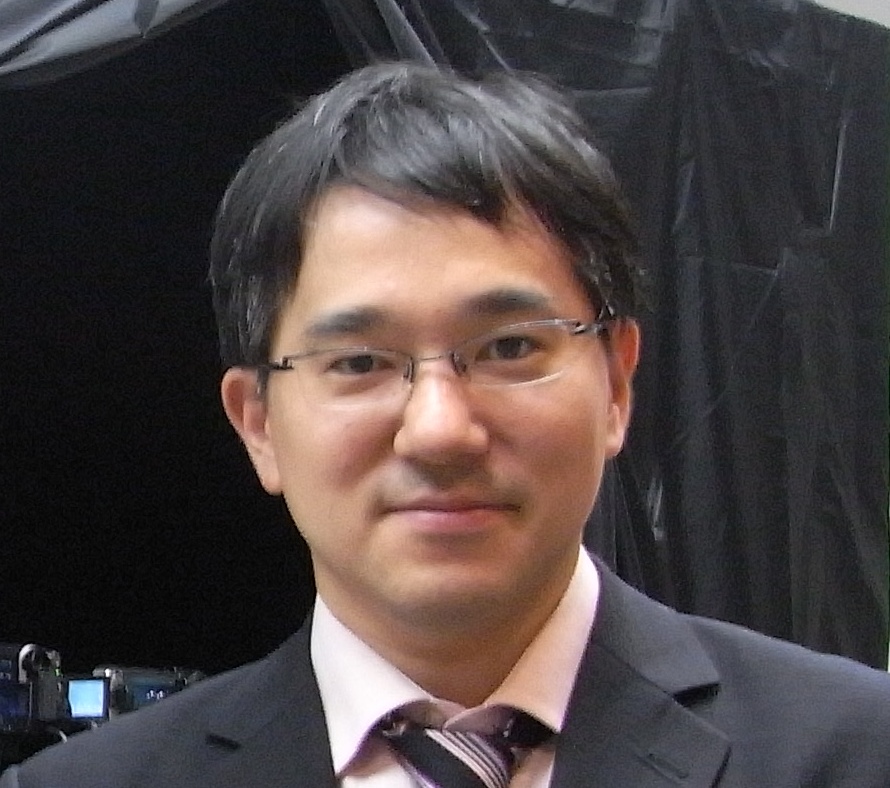Keynote Speech
-
Professor Alessandro Piva
University of Florence, Italy -
Professor Isao Echizen
National Institute of Informatics, Japan -
Professor Yao Zhao
Beijing Jiaotong University, China
Professor Alessandro Piva |
|
|
|
| Topic: | Tracing back the processing history of multimedia content |
| Abstract: |
When observing an image or a video on a web site, often people do not realize that such media have undergone a long series of transformations before appearing in the current form. |
| Biography: |
Alessandro Piva received his Ph.D. degree in "Computer Science and Telecommunications Engineering" from the University of Florence on 1999. From 2002 until 2004 he was Research Scientist at the National Inter-university Consortium for Telecommunications (CNIT). Since 2005 he's with the Department of Information Engineering of the University of Florence. |
Professor Isao Echizen |
|
|
|
| Topic: | Security and privacy challenges at border between cyber and physical worlds |
| Abstract: |
Due to developments of the Internet of Things, computers, sensors and their networks are located in all places, and useful services can now be received at all times and in all spaces of our lives. On the other hand, however, there is now the actual problem at border between cyber and physical worlds that personal and confidential information is easily shot and shared in a second as a result of the popularization of portable terminals with built-in cameras and other sensors. So far conventional IT security and privacy focus on cyber world. Establishing security and privacy countermeasures are now essential requirements at border between cyber and physical worlds. |
| Biography: |
Isao Echizen received B.S., M.S., and D.E. degrees from the Tokyo Institute of Technology in 1995, 1997, and 2003. He joined Hitachi, Ltd. in 1997 and until 2007 was a research engineer in Hitachi's Systems Development Laboratory. He is currently a professor at the National Institute of Informatics (NII). He was a visiting professor at the University of Freiburg in 2010 and a visiting professor at the University of Freiburg and the University of Halle-Wittenberg in 2011. He is currently conducting research in the fields of content security and privacy and of multimedia application systems. He received the President's Technology Award from Hitachi in 2000, the Best Paper Award from the Information Processing Society of Japan (IPSJ) in 2005 and 2014, the Best Paper Award at IEEE IIHMSP in 2006, the Fujio Frontier Award and the Image Electronics Technology Award in 2010, and the IPSJ Nagao Special Researcher Award in 2011. In addition, his paper was named "One of the Best Papers" at IFIP SEC 2011. |
Professor Yao Zhao |
|
|
|
| Topic: | Distributed / Multiple Description Image and Video Coding |
| Abstract: |
Multiple description coding (MDC) and distributed video coding (DVC) are two novel techniques designed to address the problems of conventional image and video compression coding. MDC has emerged as an effective method for video transmission over unreliable and non-prioritized networks. It can effectively combat packet loss without retransmission, thus satisfying the demand of real time services and relieving the network congestion. DVC is a new video coding framework based on Slepian-Wolf and Wyner-Ziv theories, its main goal is to achieve low-complexity encoding to meet the demands of friendly uplink communication services, possibly at the expense of high-complexity decoding. |
| Biography: |
Yao Zhao received the B.S. degree from Fuzhou University, Fuzhou, China, in 1989, and the M.E. degree from Southeast University, Nanjing, China, in 1992, both from the Radio Engineering Department, and the Ph.D. degree from the Institute of Information Science, Beijing Jiaotong University (BJTU), Beijing, China, in 1996. He became an Associate Professor at BJTU in 1998 and became a Professor in 2001. From 2001 to 2002, he was a Senior Research Fellow with the Information and Communication Theory Group, Faculty of Information Technology and Systems, Delft University of Technology, Delft, The Netherlands. He is currently the Director of the Institute of Information Science, BJTU. His current research interests include image/video coding, digital watermarking and forensics, and video analysis and understanding. He is leading several national research projects from the 973 Program, 863 Program, and the National Science Foundation of China. He serves on the editorial boards of several international journals, including as an Associate Editor of the IEEE Transactions on Cybernetics, an Associate Editor of IEEE Signal Processing Letters, Area Editor of Signal Processing: Image Communication (Elsevier), and Associate Editor of Circuits, System, and Signal Processing (Springer). He was named a Distinguished Young Scholar by the National Science Foundation of China in 2010 and was elected as a Chang Jiang Scholar of Ministry of Education of China. He is a fellow of IET and a senior member of IEEE. |